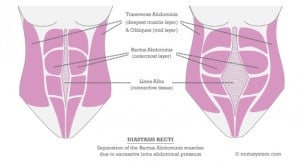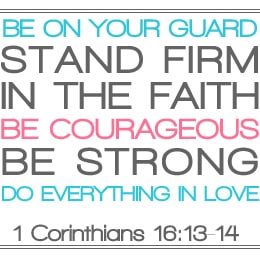Disclaimer: I feel the need to put a disclaimer on this post and let you know I am by no means a medical professional. I am however a mother, certified personal trainer, and yoga instructor. What I am sharing is based on my own research and experience. This post also contains affiliate links. I am in my third trimester of pregnancy with my third baby. Never thought I would type that, to see why watch VASECTOMIES, FOSTER PARENTING, & A PREGNANCY TEST. Over the last 5 years of being pregnant three times I have learned as much as could about pregnancy and exercise. I am a certified personal trainer, and yoga instructor, and also a nutrition coach. I also know there are many trainers and fitness professionals in the world who have way more knowledge than I do but don't have the experience of having been pregnant three times. Here is what I have learned over the last several years about exercising while pregnant. Your First Pregnancy is NOT the Same as Your Second (or Third) Your … [Read more...]
Prenatal Fitness, Diastasis Recti, & Body After Baby
Can I be honest for a moment? This post is for all you ladies who are thinking about becoming pregnant, are currently pregnant, just had a baby last week, have given birth to a child at any point in your life, or for personal trainers who work with any of the afore mentioned demographics. I think one of the questions we, as women, all ask ourselves at some point is what is having a baby going to do to my body. This might sound very vain and superficial to some but I think it is an important topic to discuss. I have seen so many women who have had babies, are working out, eating correctly, and to no fault of their own just can not seem to get rid of their baby belly. So what seems to be the problem? The problem is not from lack of motivation or willpower but from the anatomy of the body after baby. Let me explain... RELAXIN (THE HORMONE) During pregnancy the body releases the hormone relaxin. This hormone peaks at 14 weeks during pregancy and at the time of labor. It allows the … [Read more...]













